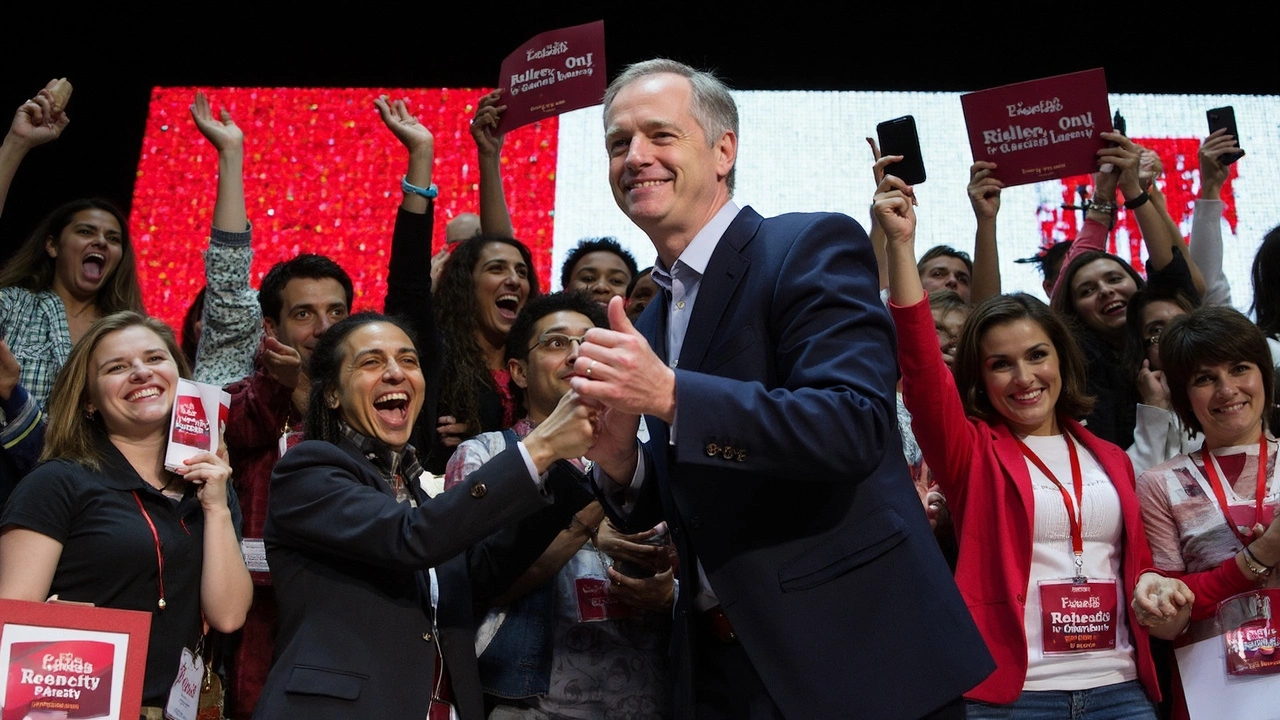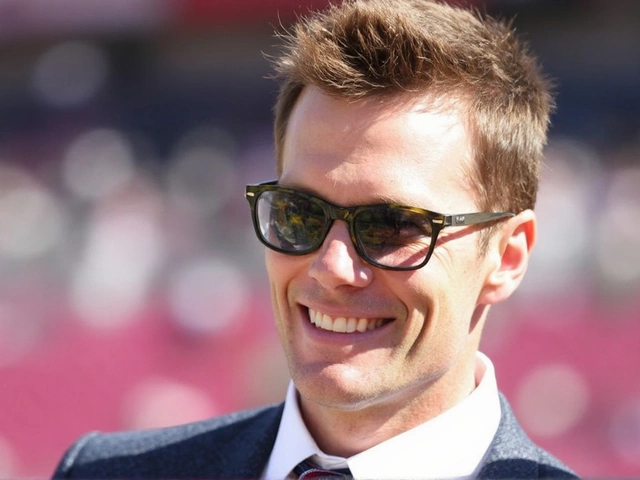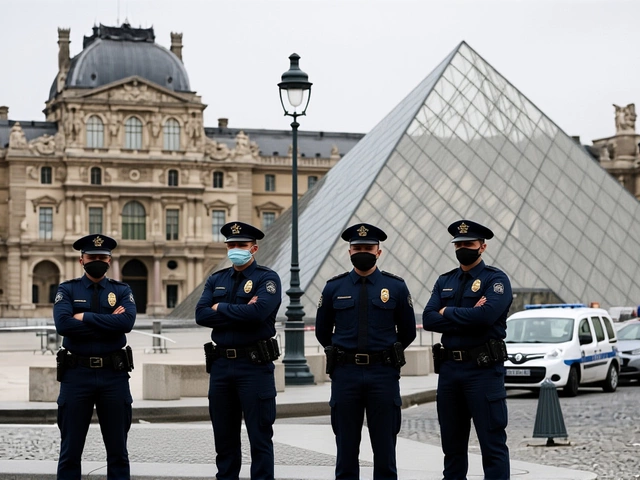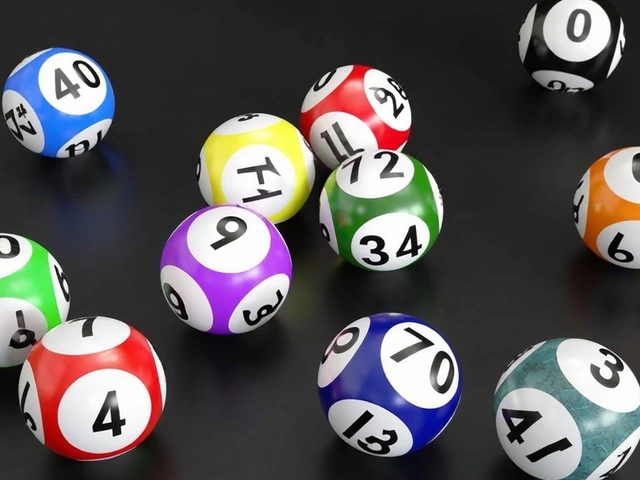Liberals Clinch Minority in a Rollercoaster Election Night
Canada woke up to a new political landscape after the 45th federal election, with Mark Carney and the Liberals riding a stunning comeback to form a minority government. The numbers tell the story: 169 seats for the Liberals, barely missing the majority mark by just three. What’s even more surprising? Up until late March, most polling showed the Conservatives cruising ahead with a double-digit advantage, making this Liberal surge all the more dramatic.
Conservative leader Pierre Poilievre, once seen as a shoo-in for the top job, ended election night on a tough personal note. Not only did his party finish with 144 seats—falling well short of what was needed for government—but Poilievre himself lost his own riding to a Liberal challenger. That twist added a personal sting to a disappointing night for Conservative supporters who’d hoped for a change at the top after nearly a decade of Liberal power.
For the Bloc Québécois, 22 seats solidified Third Place status, keeping the sovereigntist dream alive, while the NDP fell to fourth and played a quieter role this cycle than in recent years.
Trump Casts a Long Shadow, Voters Respond in Force
This election wasn’t just about jobs or healthcare—it turned into a battle over identity and independence. Mark Carney spent much of his campaign pushing back against U.S. President Donald Trump’s open talk about Canadian sovereignty. Trump’s jabs, suggesting Canada’s future was as America’s "51st state," stirred anxiety and anger among Canadian voters. Carney didn’t hold back, calling out Trump’s stances at every opportunity and vowing that Canada would stay strong and independent. It clearly connected with a lot of folks who didn’t like the idea of their country being bullied from the south.
During his victory speech, Carney put it bluntly: "We are over the shock of the American betrayal, but we should never forget the lessons." The message landed—a clear rebuke of Trump’s policies, but also a reminder that Canada’s relationship with the United States, while necessary, can’t be taken for granted. Not long after results rolled in, Carney and Trump spoke by phone, agreeing they still needed to work together respectfully, government to government.
Turnout this time around reached 68.65%, one of the highest in years, signaling just how fired up Canadians were by the high stakes and heated rhetoric. Nearly 19.6 million ballots were cast—about a quarter of those in advance polls and over 1.2 million via special ballots, including almost 60,000 cast from Canadians living abroad. More than 230,000 Elections Canada staff worked the logistics, with 492 offices open coast-to-coast, making sure the massive operation ran smoothly.
Every vote counts this year, but so does every minute. The official results won’t be finalized until more checks clear, though preliminary numbers are expected in the next two days. It’s pretty clear, though—2025’s election wasn’t just a numbers game. It was about who Canadians want to be in a world that seems less predictable by the day.





